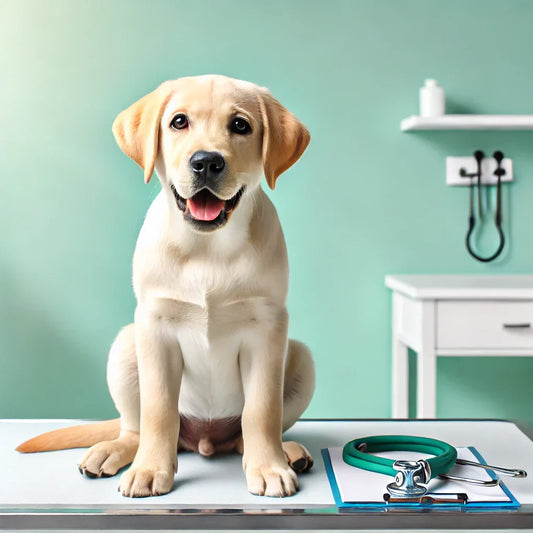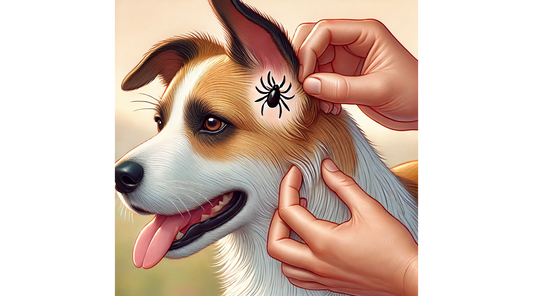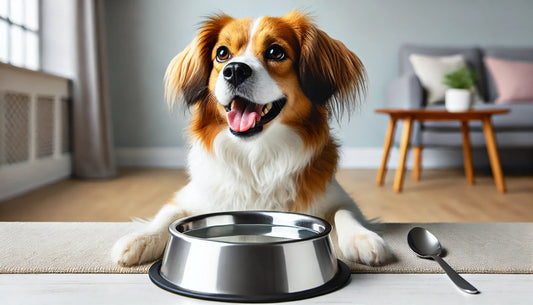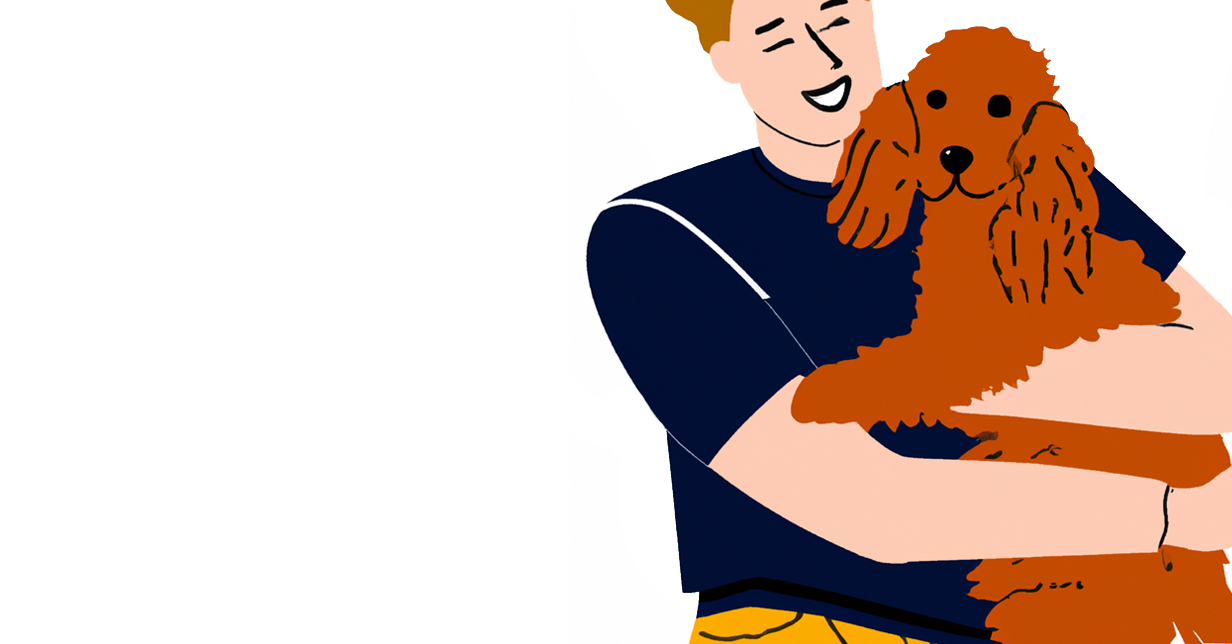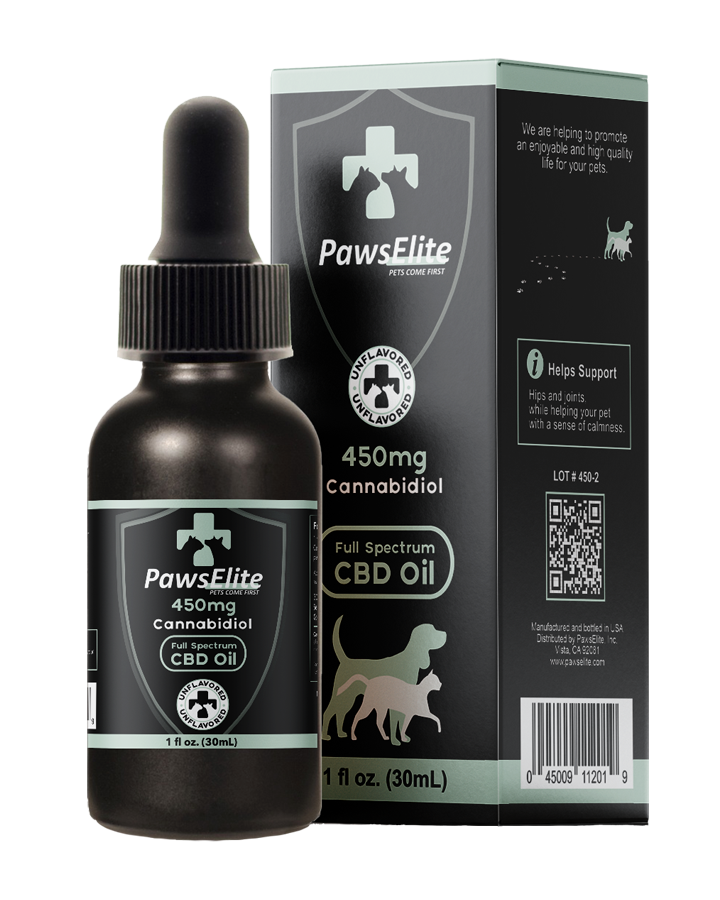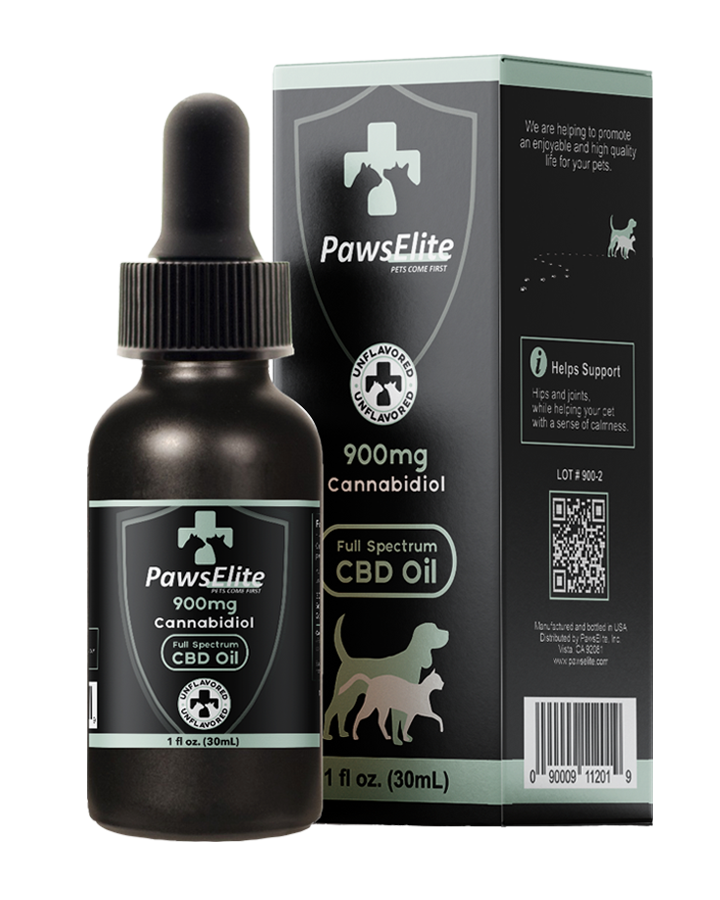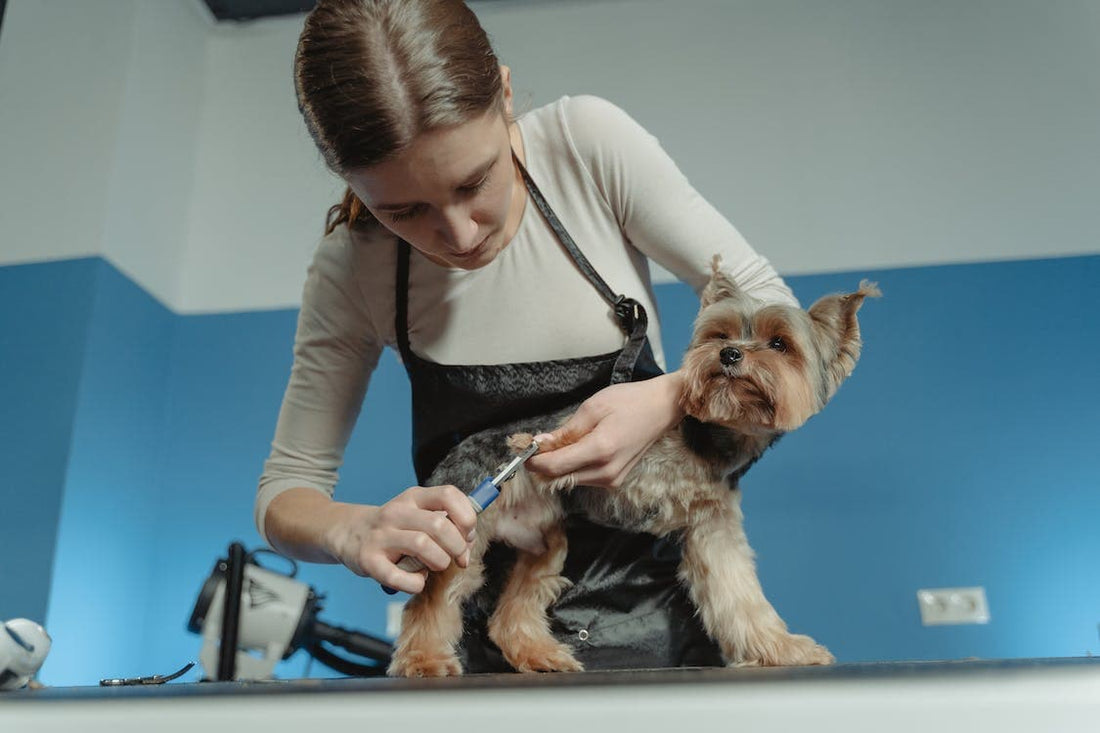
Easy Grooming Tips for Dogs
Share
Are you looking for grooming tips to keep your furry friend looking their best? In this comprehensive guide, we'll explore a variety of grooming tips for dogs to help you maintain their coat, keep their ears clean, ensure proper nail care, and more. From brushing techniques to bathing tricks, we've got you covered. Get ready to use these dog grooming tips as routine and keep them looking and feeling their finest.
Grooming your dog is essential for their health and well-being. But it doesn't have to be a chore! With these grooming tips for dogs, you can keep your furry friend looking and feeling their best. So grab your brush, some treats, and let's get started!!
Basic Grooming Tips for Dogs
Grooming your dog is essential for their health and well-being. It helps to keep their coat clean, free of mats, and free of tangles. It also helps to remove dead hair, which can help to prevent skin problems.
Here are some basic grooming tips for dogs:
- Brush your dog's coat regularly. This will help to remove dead hair, prevent mats, and distribute natural oils throughout the coat.
- Bathe your dog as needed. How often you bathe your dog will depend on their coat type and lifestyle.
- Trim your dog's nails regularly. Long nails can be uncomfortable for dogs and can even cause them to walk incorrectly.
- Check your dog's ears regularly for dirt and debris. Clean your dog's ears as needed with a cotton ball and a mild ear cleaner.
- Floss your dog's teeth regularly. This will help to prevent dental problems.
Here are some additional tips for grooming your dog:
- Start grooming your dog when they are a puppy, so they get used to it.
- Make grooming a positive experience for your dog by using treats and praise.
- Use the right tools for your dog's coat type.
- Be gentle and patient when grooming your dog.
Tips for Specific Coat Types
The type of coat your dog has will determine how often they need to be groomed. Here are some tips for grooming dogs with different coat types:
- Dogs with short hair: These dogs typically only need to be brushed once or twice a week. They may need to be bathed more often if they are prone to getting dirty.
- Dogs with long hair: These dogs need to be brushed daily. They may also need to be trimmed regularly to prevent mats.
- Dogs with double coats: These dogs have two layers of fur: a soft undercoat and a coarse outer coat. They need to be brushed regularly to remove dead hair and prevent mats. They may also need to be trimmed or shaved during the summer months.
Here are some additional tips for grooming dogs with different coat types:
- Use the right tools for your dog's coat type. There are a variety of brushes and combs available, so be sure to choose the ones that are best suited for your dog's fur.
- Start grooming your dog when they are a puppy, so they get used to it. Make grooming a positive experience for your dog by using treats and praise.
- Be gentle and patient when grooming your dog. Don't force your dog to stay still if they are uncomfortable.
By following these tips, you can help to keep your dog's coat looking and feeling its best.
Grooming Tools and Supplies for Dogs
There are a variety of grooming tools and supplies available for dogs. The specific tools and supplies you need will depend on your dog's coat type and lifestyle.
Here are some essential grooming tools and supplies for dogs:
- Brush: A brush is essential for removing dead hair and preventing mats. There are a variety of brushes available, so be sure to choose one that is best suited for your dog's fur.
- Comb: A comb is used to detangle hair and remove mats. It is important to use a comb that is the right size for your dog's fur.
- Nail clippers: Nail clippers are used to trim your dog's nails. It is important to trim your dog's nails regularly, as long nails can be uncomfortable for dogs and can even cause them to walk incorrectly.
- Ear cleaner: An ear cleaner is used to clean your dog's ears. It is important to clean your dog's ears regularly, as dirt and debris can build up and cause ear infections.
- Toothbrush and toothpaste: A toothbrush and toothpaste are used to brush your dog's teeth. It is important to brush your dog's teeth regularly, as dental disease is a common problem in dogs.
Here are some additional grooming tools and supplies that you may need:
- Shampoo and conditioner: Shampoo and conditioner are used to bathe your dog. It is important to use shampoo and conditioner that are specifically designed for dogs.
- Grooming table: A grooming table is a raised platform that makes it easier to groom your dog.
- Grooming cape: A grooming cape is used to protect your dog's clothes from getting wet or dirty during grooming.
- Dental treats: Dental treats help to keep your dog's teeth clean and healthy.
Here are some tips for choosing the right grooming tools and supplies:
- Consider your dog's coat type. If your dog has a long or thick coat, you will need to choose tools that are specifically designed for that type of fur.
- Consider your dog's size. Make sure that the tools you choose are the right size for your dog.
- Consider your budget. Grooming tools and supplies can range in price from very affordable to quite expensive.
By choosing the right grooming tools and supplies, you can help to keep your dog looking and feeling its best.
How to Teach Your Dog to Enjoy Grooming
Grooming can be a positive experience for both you and your dog. Here are some tips on how to teach your dog to enjoy grooming:
- Start early. The sooner you start grooming your dog, the more likely they are to get used to it. Start when they are a puppy, and make it a positive experience by using treats and praise.
- Make it fun. Use games and toys to make grooming more fun for your dog. For example, you could hide treats in their fur and let them find them, or you could play tug-of-war with a grooming brush.
- Be gentle and patient. Don't force your dog to stay still if they are uncomfortable. Take breaks as needed and praise your dog for their cooperation.
- Use positive reinforcement. Reward your dog with treats and praise every time they allow you to groom them. This will help them to associate grooming with positive experiences.
- Be consistent. Groom your dog regularly, even if they don't seem to enjoy it at first. The more consistent you are, the more likely they are to get used to it.
With patience and consistency, you can teach your dog to enjoy grooming. This will make grooming a more pleasant experience for both of you.
I hope this is helpful! Let me know if you have any other questions.
Next Steps for Grooming Your Dog
Grooming your dog is an important part of their health and well-being. By following the tips in this blog, you can help to keep your dog's coat looking and feeling its best.
Here are the main points of this blog:
- Start grooming your dog when they are a puppy, so they get used to it.
- Make grooming a positive experience by using treats and praise.
- Use the right tools for your dog's coat type.
- Be gentle and patient when grooming your dog.
- Teach your dog to enjoy grooming by making it fun and rewarding.
Using CBD Oil When Grooming Dog
CBD oil is a natural compound that has been shown to have a variety of benefits for dogs, including reducing anxiety and inflammation. It is possible that CBD oil could help with the training and grooming process by making dogs less anxious and more relaxed.
Learn more about CBD oil and try Paws Elite’s CBD Oil to help make grooming your dog easier!

